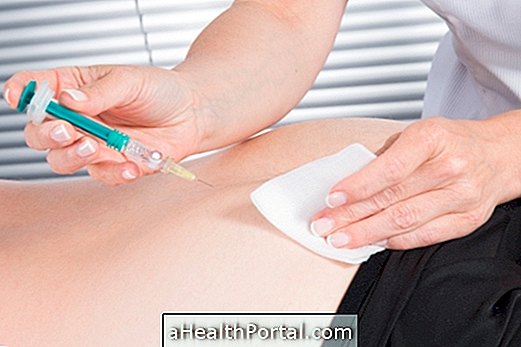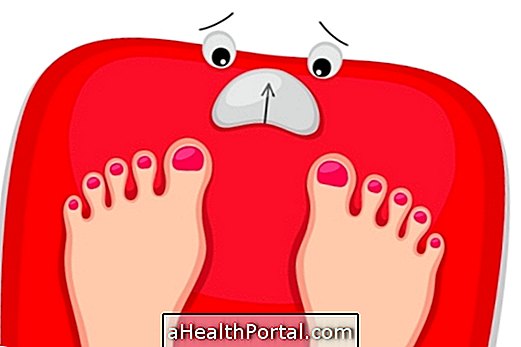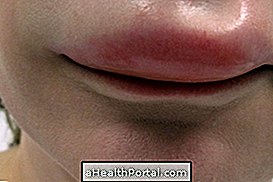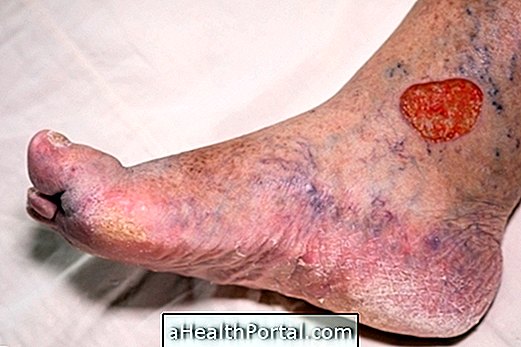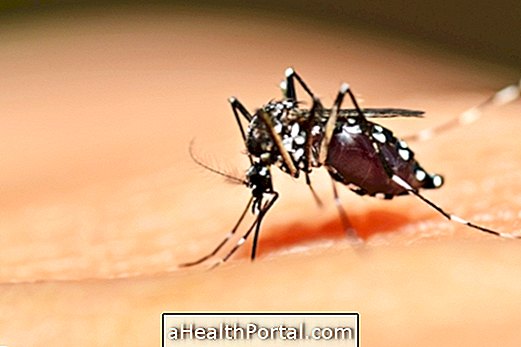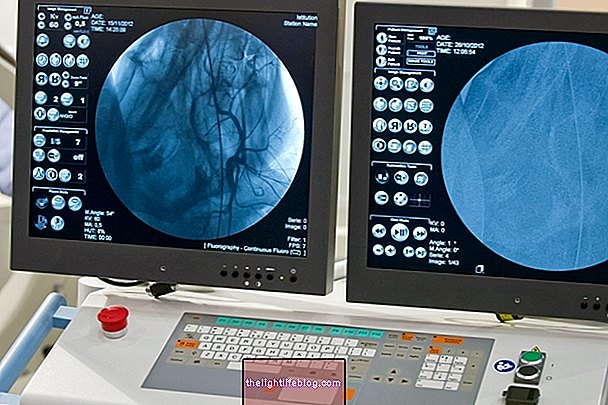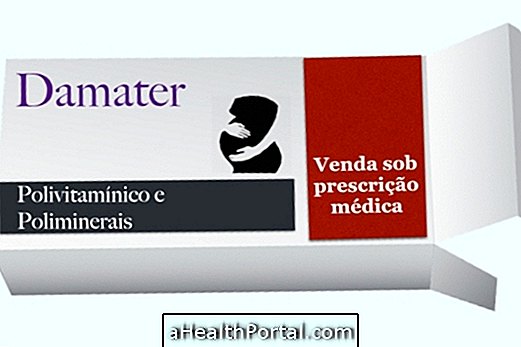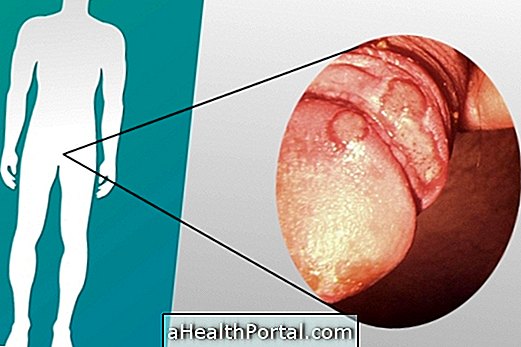Liposuction is an aesthetic surgery that removes excess fat from the body and improves the body contour and is therefore widely used to quickly eliminate localized fat from places such as the belly, thighs, arms or chin, for example .
Although the best results are obtained in people with localized fat, since the amount to be removed is lower, this technique can also be used by those trying to lose weight, although the greatest motivation should not be this. In these cases, surgery should only be performed after starting a regular exercise plan and adopting healthy eating habits.
In addition, liposuction can be performed on both men and women using local, epidural or general anesthesia and its risks are common to any other surgery. Serum and adrenaline are always used to prevent bleeding and embolism.

Who has the best results
Although it can be done in almost all people, even in women who are still breastfeeding or in people who easily make keloid scar, the best results are given to people who:
- They are in the right weight, but they have some fat located in a specific area;
- They are slightly overweight, up to 5 kg;
- They are overweight with BMI up to 30 kg / m², and can not eliminate fat only with food and exercise plan. Find out what your BMI is here.
In cases of people who have a BMI greater than 30 kg / m² there is an increased risk of complications from this type of surgery and therefore, one should try to lose weight before having surgery.
In addition, liposuction should not be used as a single method to lose weight, because if this happens, there is a high chance that the person will gain back the weight he had before surgery. This is because surgery does not stop new fat cells from reappearing, which usually happens when there is no adoption of a more balanced diet and regular exercise.
Who should not do
Due to the increased risk of complications, liposuction should be avoided in:
- People over 60;
- Patients with BMI equal to or greater than 30.0 kg / m2;
- Individuals with a history of heart problems such as heart attack or stroke;
- Patients with anemia or other changes in blood test;
- Patients with chronic diseases such as lupus or severe diabetes, for example.
People who smoke or suffer from HIV can have liposuction, but they also have a higher risk of developing complications during or after surgery.
Thus, it is very important to consult with an experienced surgeon before trying the surgery, to assess the entire clinical history and to identify if the benefits outweigh the risk of surgery.
After surgery
In the first 2 days after surgery you should stay at home, resting. It is recommended to use a strap or band that well presses the operated area and on the following days manual lymphatic drainage should be performed with a physical therapist.
It is also recommended to walk about 10 to 15 minutes a day to improve blood circulation in the legs. After 15 days you can do light exercises, which should be progressing to 30 days. During this recovery phase, it is normal for some areas to be more swollen than others and therefore, to evaluate the results, a minimum of 6 months should be expected. Learn more about how it is done and how recovery from liposuction is.









